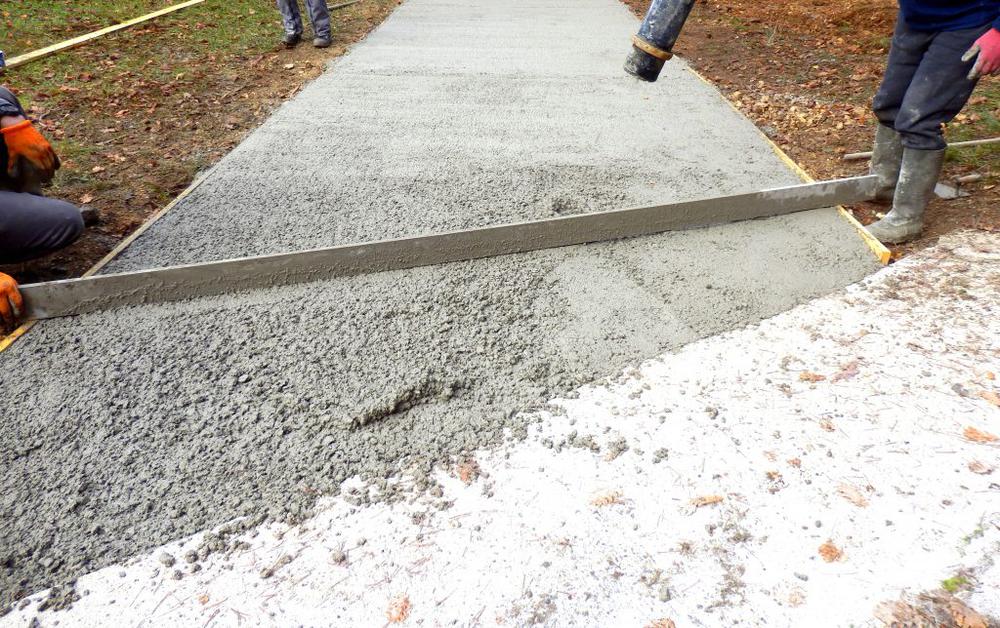It’s easy to take concrete for granted.
While it’s true that concrete is arguably one of the most stable building materials available, it nevertheless requires special care to perform as expected, maintain its structural integrity and retain its aesthetic appeal.This level of care and attention to detail starts with the proper mix of sand, cement, and water. For a given application, such as a foundation wall or slab, ratios are specified by a structural engineer, to ensure that the foundation or slab meets the requisite PSI (pounds per square inch) of strength. The mix varies based on soil conditions, climate, building codes, and other factors, and is essential to ensure the concrete will perform as designed and desired.
To strengthen the concrete to withstand a variety of forces, it will likely have to be reinforced with steel. For foundation footings and concrete walls, contractors rely on reinforcing steel bars (or rebar) to bolster the concrete against shifts in the soil or seismic activity.
After concrete is poured it begins to hydrate (cure). Hydration is a chemical reaction between the cement powder and water that creates its own heat. During the winter, heaters or concrete “blankets” can be placed on the newly poured concrete to help the concrete continue to cure and retain the heat it generates. Concrete generally reaches full strength in the first 28 days, although most of the strength is gained in the first few days. In cold temperatures, concrete additives can be utilized to help the concrete to cure more quickly, making it possible to build homes all year long in the Treasure Valley.
It is also important to smooth the surface of the concrete, especially if it is to be left exposed to the elements. Contractors use a variety of trowels and long-handled screeds, darbies, and floats that progressively smooth the surface so that it not only looks good, but sheds water and debris, makes it easier to sweep, and is generally more durable.
As the smoothing process progresses and the concrete begins to harden, the contractor will also cut shallow, V-shaped control joints at strategic locations within the slab. These joints serve to “attract” and collect the inevitable surface cracks that will occur as the concrete cures or dries to its final, hardened state. Such cracks are non-structural, but unsightly and often difficult to predict where on the slab they will occur. With the use of control joints, surface cracks often occur along the joints, reducing their visual impact.
Once the control joints are cut and the surface smoothed or textured to its desired state (perhaps with a pattern for added aesthetic value), it’s simply a matter of time — usually within 48 hours — before the concrete cures and is strong enough for the home’s structural frame, vehicle traffic, or even a summer barbecue.



